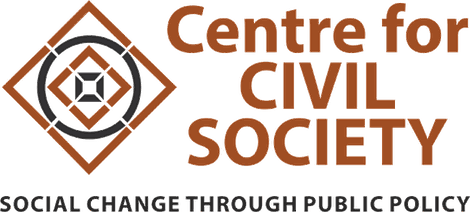
K-12 Education for Low Income Students during COVID-19
About the Project
———
This project documents the pivoted services offered by government schools, private schools, and other formal and informal service providers during the pandemic and understand how parents perceived these pivoted services.
This project was funded by Templeton World Charity Foundation. They support projects that will form a robust pipeline of innovations aimed at improving key aspects of human flourishing.

Browse Insights
This gallery is a collection of insights on services offered by government schools, private schools, and other service providers, how parents perceived these efforts, and the way students performed.


Explore Data
Captures the parental choice and preference of ~6000 parents across five districts of rural Jharkhand.
It showcases how and to what extent, various players—government and private, formal and informal—were able to address the educational needs of low-income children during the pandemic and contribute to their overall well-being.
Team Members

Prashant Narang
Senior Fellow, Research & Training Programs

Jayana Bedi
Senior Associate, Research & Training Programs

Seher Abdullah
Associate, Research & Training Programs

The Why
It is important to find out how state and non-state actors innovated and catered to children from low-income families during the lockdown period.
- Private schools, particularly, struggled to survive due to defaulting fee collection. Yet others found it difficult to continue the teaching-learning process online.
- Non-schools service providers such as online edu-tech platforms
- Informal service providers such as home tuitions, and coaching centres became more relevant to fill gaps emerging in the system
This problem becomes more complicated as several children may not have access to steady power supply, internet, and smartphones.
The How
Jharkhand has a complex demographic with nearly 25% of its total population consisting of tribal communities. It also has one of the lowest per capita incomes in India. We conducted a survey of 6000 parents across the following 5 districts of Jharkhand — Bokaro, Dhanbad, East Singhbhum, Ramgarh and Ranchi.
From each of these districts, we randomly selected 60 villages for the survey. Within these villages, on average, we surveyed 20 households.
The What
This study compares the services offered by government schools, private schools, and other service providers, how parents perceived these efforts, and the way students performed.
We undertook the study to provide researchers, policymakers, and educators with relevant data and hope that this will form the basis for future research on the K-12 sector.

